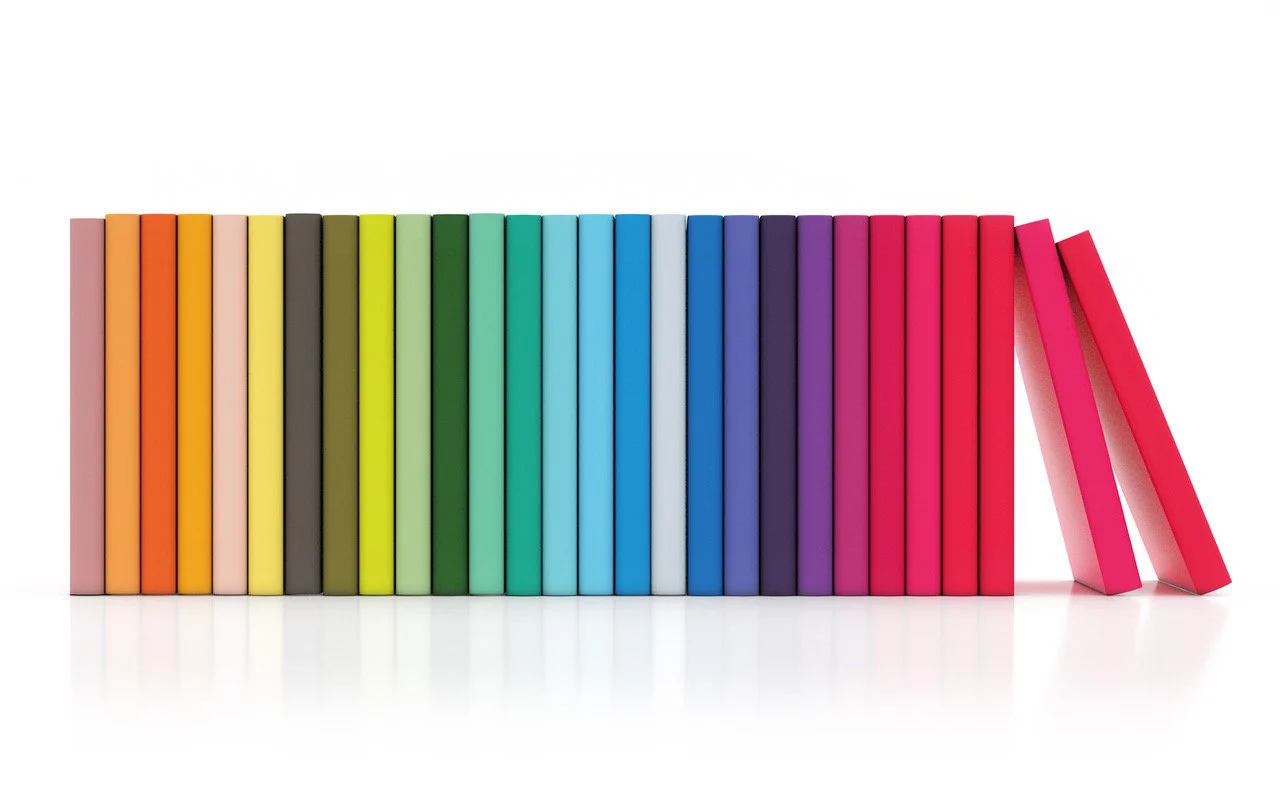Content Strategy, Planning or Marketing: What's the difference?
/Content.
It’s now the number one marketing tool of businesses everywhere.
Whether it’s your website, social media posts, a lead magnet, blog articles, podcasting or video, content is what’s driving marketing across the globe.
And like every other part of your business, if you’re going to do content, you need to have a Content Strategy. Or is it a Content Plan? Or is it Content Marketing?
The marketing buzzwords are flying, aren’t they?
If you’re confused, you’re not alone.
But what I can tell you, up front, is that while they are connected, each of these things are NOT the same.
While I’m not going to be able to teach you how to write a Content Strategy, execute on a Content Plan or deliver Content Marketing in a single article, I am going to explain how these three essential brand marketing elements fit together.
Because once you understand that, you’re going to be able to build a high-performing Content Strategy that with help strengthen your brand.
What is Content?
Understanding how content relates to marketing is the first step to understanding the process of Content Strategy.
Across the internet, you’ll find many definitions of the term. Some people define content as all of your marketing. Some people define it as part of the digital marketing mix.
I like to define it like this –
Content is any piece of marketing communication that is designed to inform, inspire or create an interaction with your ideal customer.
I believe content is distinct from advertising because its intent is to educate and create change, rather than to sell.
Yes, it’s a marketing tool. Yes, it should be designed to deliver sales and client retention. Yes, it should have a call to action that gets the customer to take the next step.
But the primary goal of a piece of content should always be to inform, inspire or create an interaction that will create change for your customer.
If you don’t start with this as the driving force for the piece of content you’re creating, then the piece of content won’t help the customer take the next step on their journey with your brand.
Content forms an integral part of marketing and can be published across a wide range of channels and platforms including websites, blogs, social media, video, webinars, podcasts, email and even presentations at live events.
What is Content Strategy?
Content Strategy should form part of your overall marketing strategy.
In many cases (especially if you’re in small business), content might be your entire marketing strategy, especially if you’re going to focus your efforts in the digital marketing space.
The thing is, your content strategy needs to be more than just the frequency with which you’re going to post on a particular social media platform.
A good content strategy will help you decide which platform you should publish to in the first place.
Your content strategy should clearly align with your business goals.
If you want to generate more leads into your business, then your content strategy should support that. If you want to build brand awareness, then you’ll want to focus your efforts on the activities that are most likely to find the biggest, ideal audience. If your goal is client retention or increasing current client spend, then you need to ensure that your strategy includes for that.
It's likely that you’ll want your strategy to include some goals for each of these three areas.
Your Content Strategy should outline:
Your business goals
What do you want to achieve in the next 12 months for your brand or business?How you’re going to use content to achieve those goals
What content is going to help you achieve the business goals you’ve set?An editorial statement
This sets the intention for your content. What type of content are you going to create and who is it for?Your Brand Voice
An important part of Brand Story Strategy that is critical if you’re going to be creating content as it drives your written and verbal communication and creates consistently.A Clear Understanding of Your Target Market
So you can choose the right types of content, answer the right questions and communicate the right message.A Content Plan
Yes. That’s right. Content Planning is part of Content Strategy.Measurement
How will you know that your content is delivering on your goals? Deciding what you’re going to measure and what success looks like is critical.
What is Content Planning?
Content Planning is the term that’s most often confused for Content Strategy.
Content Planning actually forms part of your Content Strategy – it’s how you’re going to implement your strategy in practical terms.
When it comes to delivering great content, things go wrong for many brands when they write a Content Plan and think that is a Content Strategy. But it’s not.
Your Content Plan details the tactics you’re going to use to achieve your content goals (which are driven by your business goals).
When are you going to publish on which platforms? How often? What are your content pillars, themes and topics? How are you going to repurpose your content across multiple platforms? Who is going to be responsible for achieving this (is it just you, or will you need support to implement your plan).
Essentially, your plan is what will help you to create the content you need to create.
And once you’ve created your content, you need to do Content Marketing.
What is Content Marketing?
Content Marketing is the part that happens once you’ve created your content.
You don’t want to create an amazing, useful piece of content that nobody ever sees.
You want to market it so that it gets in front of your ideal customer and does what it was meant to do – inform, inspire and interact with them so they take the next step on the journey with your brand.
Content Marketing is really a part of the Content Planning process and will form a key element of your Content Strategy.
I wrote earlier about the difference between content and advertising – well, content marketing is kind of the advertising part of your content strategy.
The best way to approach this is to think about your content as a product.
Where will you promote this product? Will it be on your owned channels (like your website, email list or membership)? Will it be on shared channels (like social media platforms or through partnerships with other brands)? Will it be on paid channels (like Facebook or Google Ads)? Or will it be through earned channels (via public relations and traditional media)?
You should map all of this out as part of your Content Plan, remembering that you should repurpose content wherever you can.
A Content Plan without a Strategy is like buying a lottery ticket.
You put your marketing budget on the things you think you should be doing instead of the things that will help you achieve your goals.
Without a strategy, you won’t know if your plan is working.
And if you don’t know that your plan isn’t working, then you’ll be spending a lot of time creating content that isn’t helping your customer.
When it comes to what content you’re delivering and what content marketing you’re choosing to invest in, you’re going to want to be able to measure your success.
If you’re executing on content and marketing that isn’t delivering, that doesn’t mean it’s time to throw out your strategy.
Remember – you don’t change the strategy – you try a different tactic.
Marketing is an experiment.
And Content Planning and Content Marketing are a significant part of it.
But you’ll be able to better understand whether your experiment is working if you start with Content Strategy.



